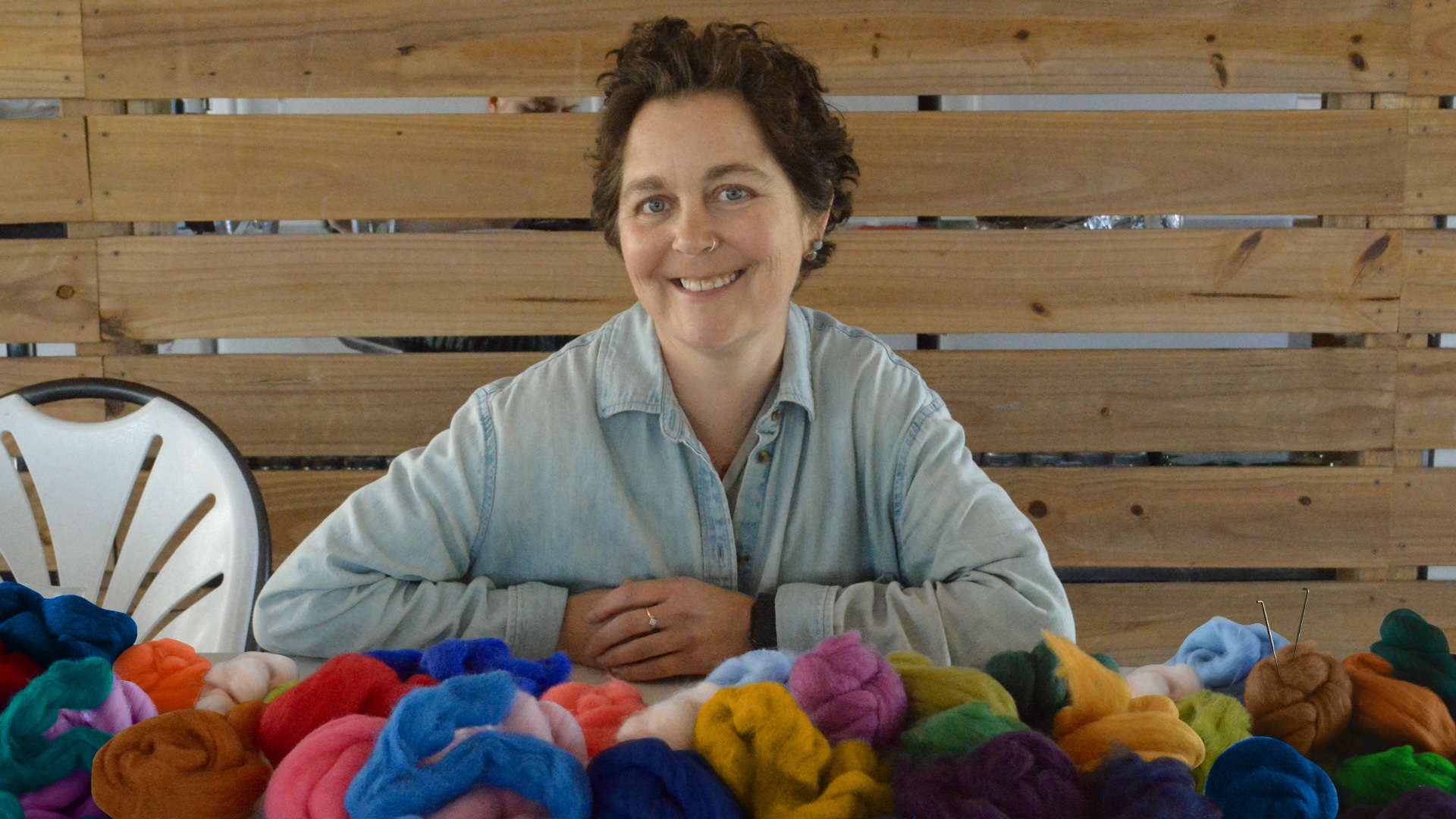I’ve been challenging myself to audience more.
No, that’s not a typo. Lately I’ve been thinking about audience as a verb, the simultaneous role of watching, the active sense of the passive tense being entertained.
In Arthur’s previous issue, I recounted my experience of Every Brilliant Thing, a play that incorporates members of the audience as impromptu characters, asking improv from patrons who may not have experienced such an interactive play beforehand. Since then, I have tried to practice becoming aware of my job as an audience, and what responsibilities it actually entails.
In January, I made my way up the skinny stairwell of The John to attend Otonabeats and Sudaka’s OpenDecks night, a collaborative evening where aspiring DJs could put their sets to the test of an eager crowd. It certainly wasn’t an environment I had experienced before; I’ve typically never indulged in electronic music and the other genres DJ-ship falls into. Armed only with an open mind, I set to the evening, determined to engage with the music and performances.
OpenDecks taught me to get comfortable with getting uncomfortable. It offered a pluriverse of sound, a diversity of music truly alternative to what I had listened to before. Dancers on the floor freed themselves of inhibitions, engaging themselves in genuine recreation that celebrated the individuality of the collective project. Reimagined mixes of popular songs introduced new ideas of time. Everything found a new capacity for texture: what people were wearing, how the lights were moving and morphing above the turntables. OpenDecks proved itself a temporal collage that threw out expectations, playing with novelty and familiarity, nexus and fluidity.
Audience was a task of openness, accepting of an invitation, and undertaking of a curiosity quest. Audience was adapting, finding the pulse of the beat when it changed and throwing your body into the rhythm. Audience was understanding just as there were amateur DJs experimenting on stage, there were amateur listeners experimenting before it.
A few months later, I resumed the role of audience as I took my seats in the Four Seasons Centre in Toronto to watch the Canadian National Ballet perform three pieces: George Balanchine’s Symphony in C, Rena Butler’s Alleged Dances, and David Dawson’s Anima Animus.
Alleged Dances left me particularly intrigued. It completely tore apart ideas of form and key. It was contemporary, striking, and fascinatingly incomprehensible. The intermission following Alleged Dances saw a conversation between me and my seat neighbour, both keen to dissect what we had just audienced. Was the performance a commentary on contradicting, overlapping post-structural truths, with its stringed dissonance, the cacophonous quartet? Or was it a story of a people encountering music for the first time, with its curious crawling dancers, and tentative, testing movement? Both and neither. All at once. Audience is denying entertainment as mindless escapism. If storytelling is a conversation between performers and audience, then to audience is to challenge your own preconceived notions of art and form, showing up and consenting to the complete dismantling of what you know to be beautiful. Like acting, audience is pulling memories and emotions from your archive, informed by the stage in the same ways as the performer. Audience is taking up the open hand and travelling through whatever journey awaits both parties. There is no separation come the front row of seats, past the orchestra pit. There is no dichotomy; the experience is two in unison.
I found myself back in The John for the finale of Cultural Studies week. Like my previous experience, Kool Aid Jam’s performance was experimental and enthusiastic, and it took me under its wing for another moment of amateur audience-ing.
There is a particular honesty in what is unusual. Kool Aid Jam’s cadences captivated the audience, gesturing at us to follow them into the maze. Their direction to imagine a spy rat, and the following musical tale was a playful practice of world-making and character-creating, one I was all too keen to join. To audience was to be a part of the collective imagining, to valorize fun.
The projection of students’ short films on top of the band saw senses collide as a kaleidoscope of tangible stories. The call to sing along with the swooping vocalizations blurred lines between stage and seat, as did the liminal conversations that accompanied us in the corridors between songs. Kool Aid Jam was able to build setting through sound, shapeshifting into instruments, extensions of themselves. They claimed meaning as interactivity, a phenomenological approach to art. Kool Aid Jam was weird, masters of camaraderie. Their final song, I Love Adding Layers, shook off the set, while still emulating a soothing sinking, the way drowning would feel if it was appealing.
Audience should not be mindless consumption, but rather mindful presence. To audience is not to be spoon-fed, but to taste and to chew, to really pause and ponder on what is performed. Audience-ing is not simply following the instructions on the map, and only looking up once you reach the destination - it’s carving out a path, chopping through jungles, carrying the lantern down an ambiguous alleyway. To audience is to open up and be willing, to realize something is challenging but indulging anyways. It’s the courage to try something new and the resolve to find something you resonate within it.
To audience is to sit down and come with, to take up the extended hand.


.png)

.jpg)





.jpg)

.jpg)









.jpg)


.png)